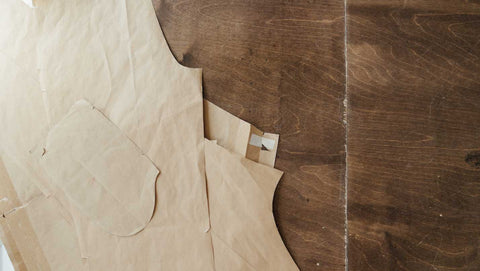Rice is a very popular food grain around the globe. Almost every dish uses it with meat and veggies. It is readily available, nutritious, goes well with anything, and easy to cook. Rice also has a very long shelf life and can fill our body up easily.
However, most store-bought rice comes with lots of pesticides. That’s why it’s very important to rinse your rice properly before cooking it. Yes, even packaged white rice can be loaded with harmful chemicals and pesticides. Hence, you must clean it thoroughly before putting it in the steamer or rice cooker.
Why do we need to rinse rice properly?
From paddy to pot, rice goes through many steps in its journey. So, it is likely to gather some dust and dirt over time. That’s why it’s essential to clean your rice to wash this dirt away.
Another reason is to hydrate the rice. It is slightly dehydrated, especially bagged ones. Therefore, rinsing starts the process of rehydration and make the grains plump.
Lastly, it is to de-starch. A starchy residue coats the exterior of the rice grains as they go through processing and shipping. If you cook rice without rinsing or cleaning it, the grains with have a gooey texture and develops a sticky weight.
Simply out, you can be sure that the rice is safe to eat, properly hydrated, and well-textured when it’s rinsed well.
How To Rinse Rice
No guesswork is needed when rinsing rice. It is a straightforward process. Here are two effective ways to rinse rice properly:
Strainer Method
Use a strainer with metal mesh. Make sure that is big enough for the amount of rice you’re cooking. Simply put the rice on the strainer and run cold or warm water over until it runs clear. If it is a bit difficult to gauge the clarity of the water, catch some of it in a clear glass.
Bowl Method
Another way to clean rice it the bowl method. Just put it in a bowl and add enough water to cover it. Put in your hand and agitate the rice, giving it a good swirl. You will see the water blur out. Once the water is clouded, dump it. Add new water and repeat the process until the water becomes clear.
These methods are both effective, but I suggest the second process. It will give you a sensory experience. Other than that, you will be able to use less water, as you are not letting the water continuously pour until the grains are fully rinsed.
Once done, cook the rice. The water-rice ratio varies. But usually, it hovers around 1 cup or water for every 1.5 cups of rice.
Final Thoughts
Rinsing rice is effortless. It may be a small, non-obvious kitchen process, but it’s important. It can improve the quality of your cooked rice. You can either use the strain method or the bowl method, depending on your preference. Good luck!



